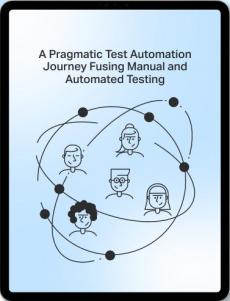The hidden cost of skipping usability testing
After working in UX for many years across several companies, I can confidently say this: usability testing is always a fragile issue. Companies expect their product to be exceptional and deliver value to their customers but believe that user experience testing is a time/cost sink. I’ve heard the claim (countless times) that user experience testing limits and prevents dev teams from pushing new products and features.











